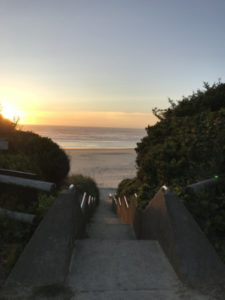
We arrived on the Oregon coast on September 8th, and for much of that time have been out of internet range. And yeah, yeah, while we were out of range, I DID deploy the special GPS communicator message system talked about here…
http://makintrax.com/you-dont-write-you-dont-call/
But now here we are in a state park near Newport, Oregon with a few days of rainy weather and great internet service! Perfect for getting caught up.
I’ve been down the Oregon coast before — in 2012, I took a two-week vacation and traveled from Phoenix to Oregon, down the coast, then over through northern California and home. 2,200 miles in 17 days. It was fun, but so fast. This time, in our spirit of meandering, we are trying to spend time in a few different areas.
Oregon has 363 miles of coastline, and virtually all of it is accessible to the public.
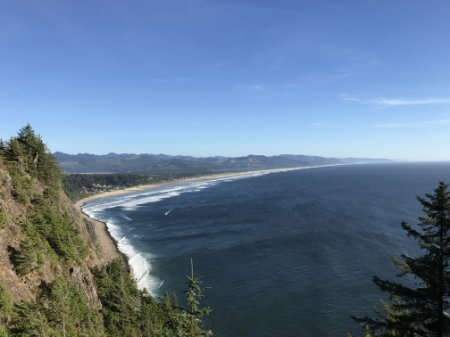
Oregon has a long history of ensuring public use of its lands and in 1967 enacted the Oregon Beach Bill — all land within sixteen vertical feet of the average low tide mark belongs to the people of Oregon and guarantees that the public has free and uninterrupted use of the beaches. This prevents a developer from establishing a “private beach” for use of guests or homeowners. Sweet!
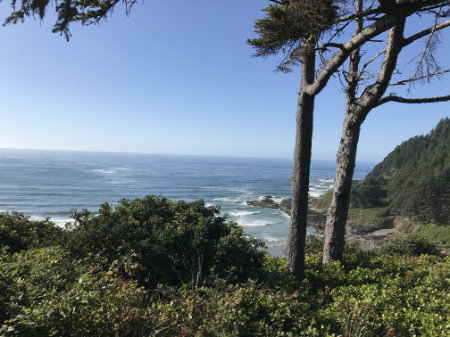
Enhancing the accessibility is the robust state park system — I read anecdotally that there is one state park every ten miles. I couldn’t verify that fact, but from what I’ve seen so far as we’ve driving along, it sounds about right.
NOTE to Oregonians: Forgive me for my blog title. I know, I know, I’m not a resident of Oregon, so technically it’s ALL “yours” and NONE of it is “mine”. But thank you for lending it to me for the time we’re here.
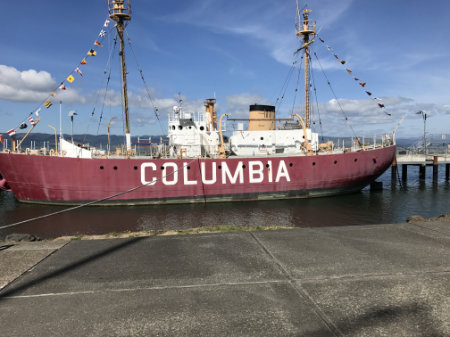
The Columbia River forms the northern boundary for Oregon, and it meets the Pacific Ocean at the site of Fort Stevens State Park.
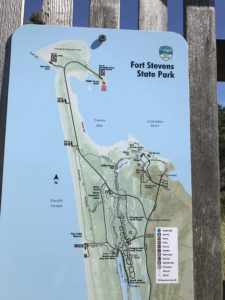
In June of 1942, a Japanese submarine surfaced off the coast, and fired 17 shells at Fort Stevens, making it the only military location on mainland United States to come under enemy fire during World War II.
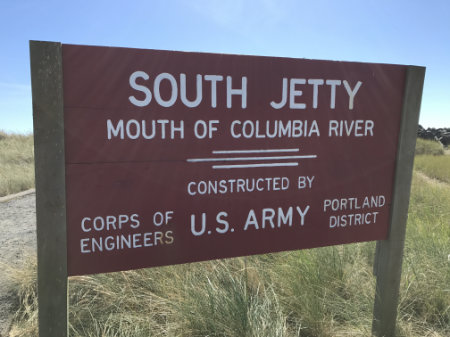

Where the river meets the sea. Got it. Now on to another liquid — an amber one.
Another Oregon tradition is the importance placed on craft beers. It is estimated that 53% of the draft beer consumed in Portland is actually BREWED in Portland. It makes sense — Oregon is the second largest hops growing state in the country.
I am doing my part to be a good researcher.
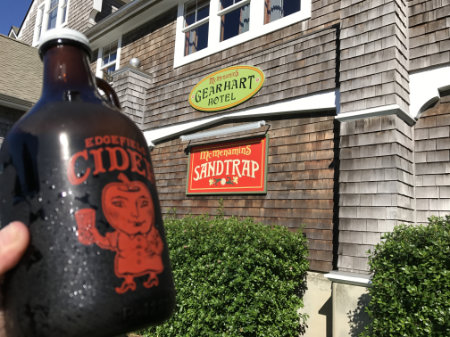
For the uninitiated, a “growler” is a glass jug, typically about 64 ounces, that you have filled with your favorite brew, allowing you bring fresh draft beer home. Refrigerated, the beer will keep a few days, but not long at all after it’s opened. It’s fun to walk into a bar, have the mini-growler filled, and leave with a cold jug of draft beer. So very roguish!

Thanks for following along with us!

I do believe you are giving your babies the best life ever…
LOVE being near the ocean!!! Mom and I used to go visit her sister in Fairhope, AL and go on down to Gulf Shores…beautiful place. It’s been years since I’ve traveled there. Your posts bring back lots of good memories…makes me want to go again. Envy your travels…stay safe!!!
I didn’t know that an enemy sub fired at the mainland. I am learning so much from your blog!
I also love the mental picture of roguish you and your growler!
Keep on keepin’ on…
L
Up in Long Beach Peninsula there is a bunker left over from the war where they kept watch over the sea.
It’s okay — you can say the coast is all your’s.. it’s all all of our’s. (What an odd sentence!)
I used to camp on the Oregon Coast. So peaceful!!